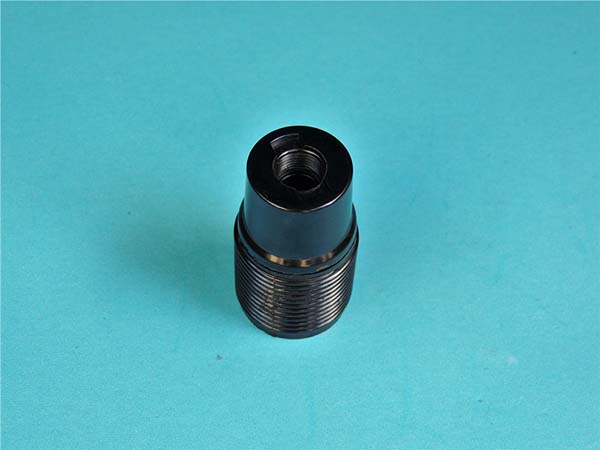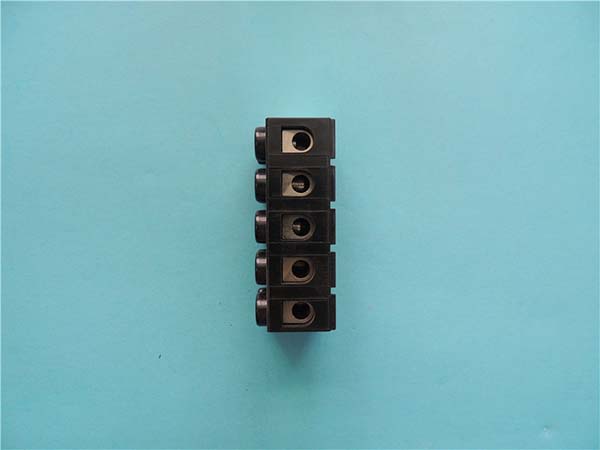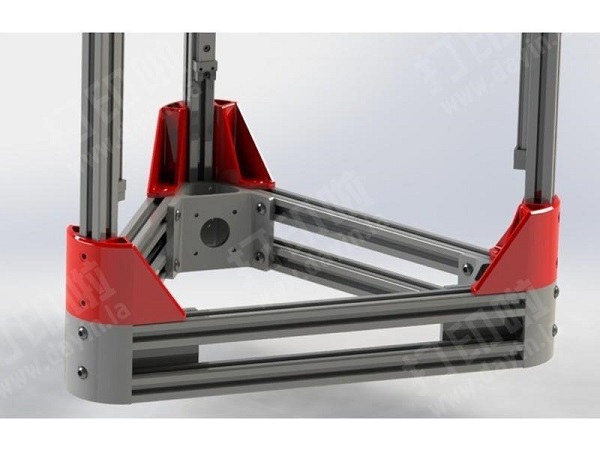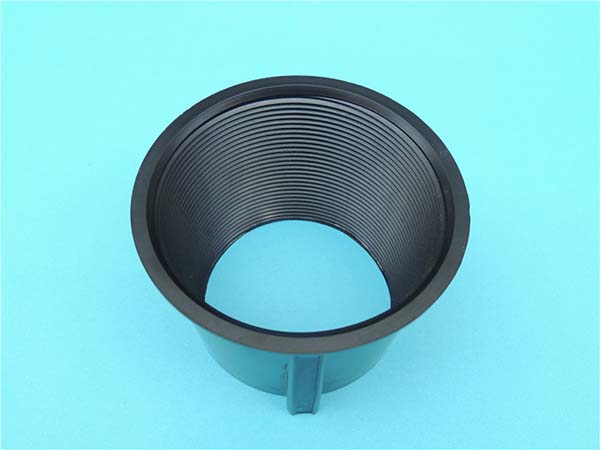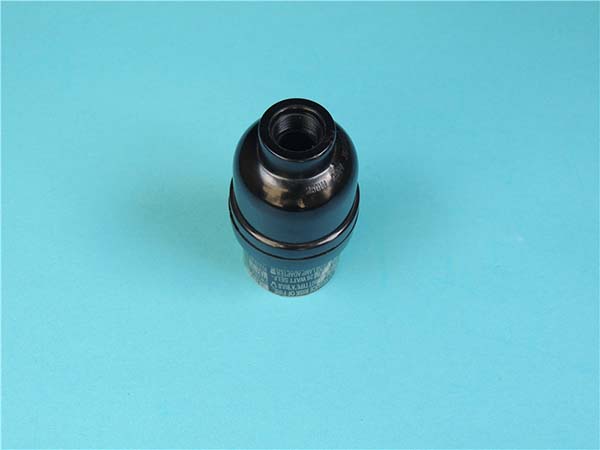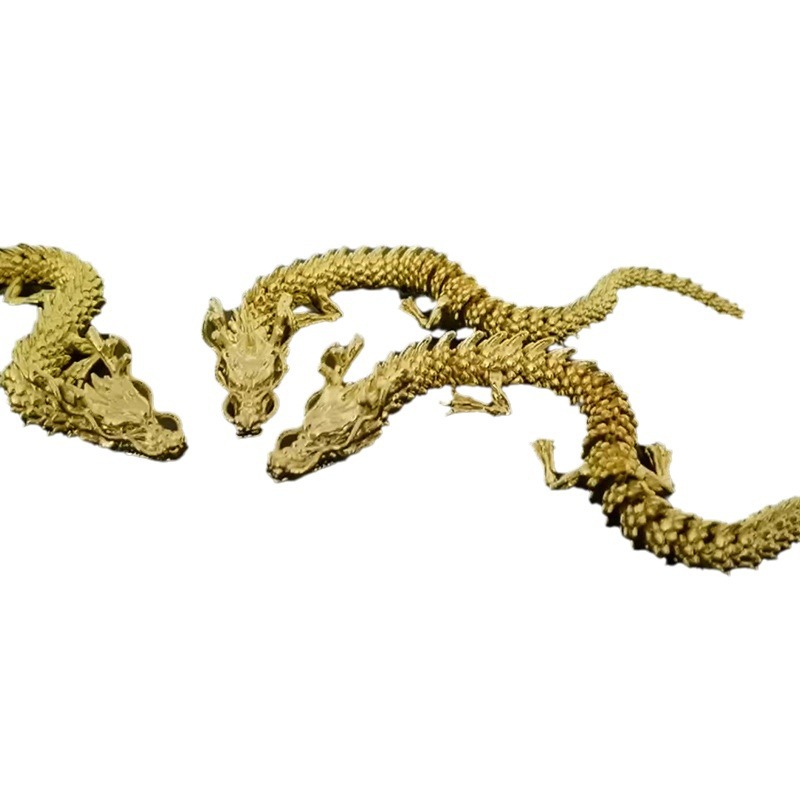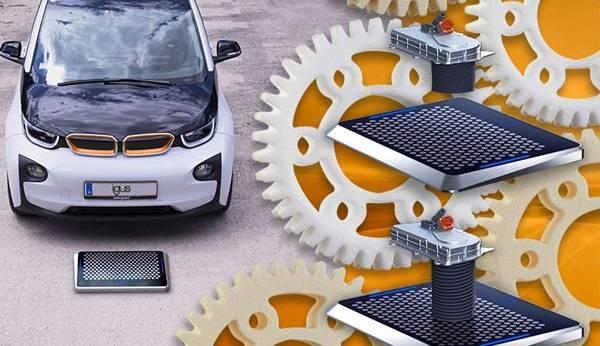Introduction
Definition of Subtractive and Additive Manufacturing
In the manufacturing industry, two fundamental and widely - used methods are subtractive manufacturing and additive manufacturing.
Subtractive manufacturing is a traditional approach. It involves removing material from a larger block or workpiece to create the desired shape. Common subtractive manufacturing techniques include cutting, milling, drilling, and turning. For example, in milling, a rotating cutting tool removes material from a solid block of metal or plastic, gradually shaping it into the required part. This method has been used for centuries and is well - established in industries like automotive and aerospace for producing parts with high precision.
On the other hand, additive manufacturing, more commonly known as 3D printing, is a relatively newer technology. It builds objects layer by layer from a digital model. Materials such as plastics, metals, ceramics, or even biological materials can be used. The process starts with a 3D model created in computer - aided design (CAD) software. The model is then sliced into thin layers, and the 3D printer deposits material in each layer according to the design, until the final object is fully formed.
Importance of Choosing the Right Manufacturing Method
Selecting the appropriate manufacturing method is crucial for the success of any project.
Cost - efficiency: Subtractive manufacturing can be costly for complex parts, especially when a large amount of material needs to be removed. For instance, machining a complex aerospace component from a solid block of titanium can result in significant material waste, driving up costs. In contrast, additive manufacturing can be more cost - effective for small - batch production of complex geometries as it uses only the necessary amount of material. A study by Wohlers Associates found that in some cases, additive manufacturing can reduce material costs by up to 90% compared to subtractive methods for complex parts.
Efficiency: Subtractive manufacturing can be time - consuming, especially for intricate designs that require multiple machining operations. Additive manufacturing, on the other hand, can produce complex parts in a single build process, reducing production time. For example, a custom - designed prosthetic limb can be printed in a matter of hours using additive manufacturing, while traditional subtractive methods would take days.
Quality and Design Freedom: Subtractive manufacturing generally offers high - precision finishes and tight tolerances, making it suitable for parts where dimensional accuracy is critical. However, its design freedom is limited by the tools and the need to access all areas of the workpiece for material removal. Additive manufacturing provides unparalleled design freedom, allowing for the creation of complex internal structures and geometries that would be impossible or extremely difficult to achieve with subtractive methods. This is particularly beneficial in industries like healthcare, where customized implants with complex shapes can be produced to fit individual patients perfectly.
Subtractive Manufacturing
Processes and Techniques
Subtractive manufacturing encompasses a variety of processes and techniques. Turning is a process where a workpiece rotates on a lathe, and a cutting tool removes material from the outer surface, creating cylindrical - shaped parts. For example, in the production of engine shafts in the automotive industry, turning is used to achieve the precise diameter and smooth surface finish required for proper engine operation.
Drilling is another common technique. It involves using a drill bit to create holes in a workpiece. Drilling is widely used in the construction of printed circuit boards in the electronics industry. Holes are drilled to insert components such as resistors, capacitors, and integrated circuits, connecting different parts of the circuit.
Grinding is a precision - oriented process. It uses abrasive wheels to remove very small amounts of material from the workpiece's surface. This is crucial in the manufacturing of optical lenses, where extreme precision in surface smoothness and shape is required to ensure high - quality optical performance.
Advantages
High Precision and Surface Finish
One of the major advantages of subtractive manufacturing is its ability to achieve high precision and excellent surface finish. In the aerospace industry, parts such as turbine blades need to be manufactured with extremely tight tolerances. Subtractive manufacturing techniques can produce these blades with a high degree of accuracy, ensuring that they fit perfectly within the engine and operate efficiently. The surface finish is also crucial as it reduces air resistance and improves the overall performance of the aircraft.
In the medical device field, components for surgical instruments and implants also require high precision. For example, hip implants need to have a smooth surface finish to minimize friction within the body and ensure long - term functionality. Subtractive manufacturing can meet these stringent requirements, providing reliable and high - quality products.
Suitable for High - Volume Production
Subtractive manufacturing is well - suited for high - volume production. Once the initial setup, including tooling and programming, is complete, the production process can be highly automated and repeated with consistent results. This leads to cost - effectiveness as the cost per unit decreases with the increase in production volume. For instance, in the automotive industry, parts like engine blocks are produced in large quantities using subtractive manufacturing methods such as casting and machining. The use of automated CNC (Computer Numerical Control) machines allows for efficient production, meeting the high - demand requirements of the automotive market.
Disadvantages
Material Waste
A significant drawback of subtractive manufacturing is the large amount of material waste it generates. Since the process involves removing material from a larger block to create the desired shape, a substantial portion of the original material is discarded. For example, when machining a complex part from a solid block of metal, up to 90% of the initial material may end up as waste. This not only increases the cost of raw materials but also has environmental implications due to the need to dispose of the waste material.
Design Constraints
Subtractive manufacturing also has limitations in terms of design. The process is restricted by the capabilities of the tools and the need to access all areas of the workpiece for material removal. Complex internal structures or geometries that cannot be easily reached by the cutting tools are difficult or impossible to create. For example, creating a part with intricate internal channels using subtractive manufacturing would be extremely challenging, if not impossible, without using multiple complex operations and specialized tooling. This lack of design freedom can limit the innovation and functionality of the final product.
Additive Manufacturing
Processes and Techniques
Additive manufacturing encompasses several processes and techniques. Fused Deposition Modeling (FDM) is one of the most popular. In FDM, a spool of thermoplastic filament is fed into an extruder. The extruder heats the filament until it becomes molten and then deposits it layer by layer onto a build platform, following the instructions from the sliced 3D model. This process is relatively affordable and is commonly used in desktop 3D printers for creating prototypes, small parts, and even artistic objects.
Stereolithography (SLA) is another significant technique. It uses a vat of liquid photopolymer resin. A laser beam traces the cross - section of the object onto the surface of the resin, curing it and solidifying it into a thin layer. The build platform then lowers slightly, and the process repeats, with each new layer adhering to the previous one. SLA offers high - resolution prints and is often used for creating detailed models, jewelry prototypes, and dental applications due to its ability to achieve fine details.
Advantages
Design Freedom
Additive manufacturing offers unparalleled design freedom. Complex geometries that are difficult or impossible to create with subtractive manufacturing can be easily produced. For example, in the medical field, customized implants can be designed to match the exact anatomy of a patient. A study by the Journal of Tissue Engineering and Regenerative Medicine found that 3D - printed customized bone implants, made possible by additive manufacturing's design freedom, showed better integration with the patient's existing bone structure compared to traditional implants. In the field of product design, designers can create unique, organic - shaped products with internal lattice structures for lightweighting, which was previously unattainable using traditional manufacturing methods.
Reduced Material Waste
Since additive manufacturing builds objects layer by layer, it only uses the amount of material required for the final product. This results in significantly less material waste compared to subtractive manufacturing. A research by the World Economic Forum estimated that additive manufacturing can reduce material waste by up to 90% in some applications. For instance, when producing a complex aerospace component, instead of machining it from a large block of metal and discarding most of the material, additive manufacturing can precisely deposit the metal powder layer by layer, minimizing waste and reducing the environmental impact.
Rapid Prototyping
Additive manufacturing enables rapid prototyping. A 3D model can be quickly turned into a physical prototype. This speeds up the product development cycle as designers can quickly test and iterate their designs. In the automotive industry, for example, companies can use additive manufacturing to produce prototype parts in a matter of days, compared to weeks or months with traditional manufacturing methods. This allows for faster innovation and a quicker response to market demands.
Disadvantages
Lower Production Speed for Large Volumes
While additive manufacturing is great for small - batch production and prototyping, it has a lower production speed for large - volume production. Each layer needs to be deposited and processed, which takes time. For example, producing thousands of identical plastic parts through injection molding (a subtractive - related mass - production method) can be much faster than 3D - printing the same parts one by one. In a factory setting where high - volume production is required, the slow speed of additive manufacturing can be a significant bottleneck.
Mechanical Properties Variability
The mechanical properties of 3D - printed objects can be variable. The way the layers are deposited can sometimes lead to weak points or differences in strength within the final product. For example, in a 3D - printed metal part, the interfaces between the layers may have slightly different properties compared to the bulk material, which can affect the part's overall strength, fatigue resistance, and durability. This variability can be a concern, especially in applications where high - performance and consistent mechanical properties are crucial, such as in the aerospace and automotive industries.
Comparison Table
Here is a detailed comparison between subtractive and additive manufacturing across various aspects:
| Aspect | Subtractive Manufacturing | Additive Manufacturing |
| Cost | High material waste leads to higher raw - material costs, especially for complex parts. High - volume production can reduce per - unit costs due to economies of scale. Initial setup costs (tooling, programming) can be high. | Lower material waste, which can reduce material costs, especially for complex geometries. For small - batch production, it can be cost - effective. However, the cost of 3D printers and specialized materials can be high, and large - scale production may be costly due to slow production speed. |
| Speed | Can be time - consuming, especially for complex parts that require multiple machining operations. High - volume production can be efficient once the production line is set up. | Fast for small - batch production and rapid prototyping as it can create complex parts in one build. But slow for large - volume production as each layer needs to be deposited and processed. |
| Precision | Generally offers high - precision finishes and tight tolerances, often achieving accuracies in the range of ±0.01 - 0.1 mm, depending on the process and equipment. | Precision varies by technology. Some high - end 3D printing technologies can achieve accuracies similar to subtractive manufacturing, around ±0.05 - 0.1 mm, but in general, it may be lower than subtractive manufacturing, especially for large - scale 3D printers. |
| Material Choice | A wide range of materials can be used, including metals, plastics, ceramics, and composites. However, the material needs to be in a form suitable for machining (e.g., solid blocks, bars). | An increasing variety of materials are available, such as plastics, metals, ceramics, and even biological materials. But the range may still be more limited compared to subtractive manufacturing, especially for some specialized alloys and materials in large - scale production. |
| Design Freedom | Design is limited by the capabilities of the tools and the need to access all areas of the workpiece for material removal. Complex internal structures are difficult to create. | Offers unparalleled design freedom, allowing for the creation of complex internal structures, lattice designs, and geometries that are difficult or impossible with subtractive manufacturing. |
Yigu Technology's View
As a non - standard plastic metal products custom Supplier, Yigu Technology believes that both subtractive and additive manufacturing have their unique advantages and applications. When choosing a manufacturing method, factors such as product requirements, budget, and time constraints should be comprehensively considered. For products with high - precision and high - volume requirements, subtractive manufacturing may be a more reliable choice. However, for products with complex geometries and small - batch production needs, additive manufacturing can offer greater flexibility and cost - effectiveness.
Moreover, Yigu Technology also suggests exploring the combination of subtractive and additive manufacturing, also known as hybrid manufacturing. This approach can leverage the strengths of both methods, such as using additive manufacturing to create complex pre - forms and then applying subtractive manufacturing for final finishing and precision - tuning, to achieve better overall performance and quality.
